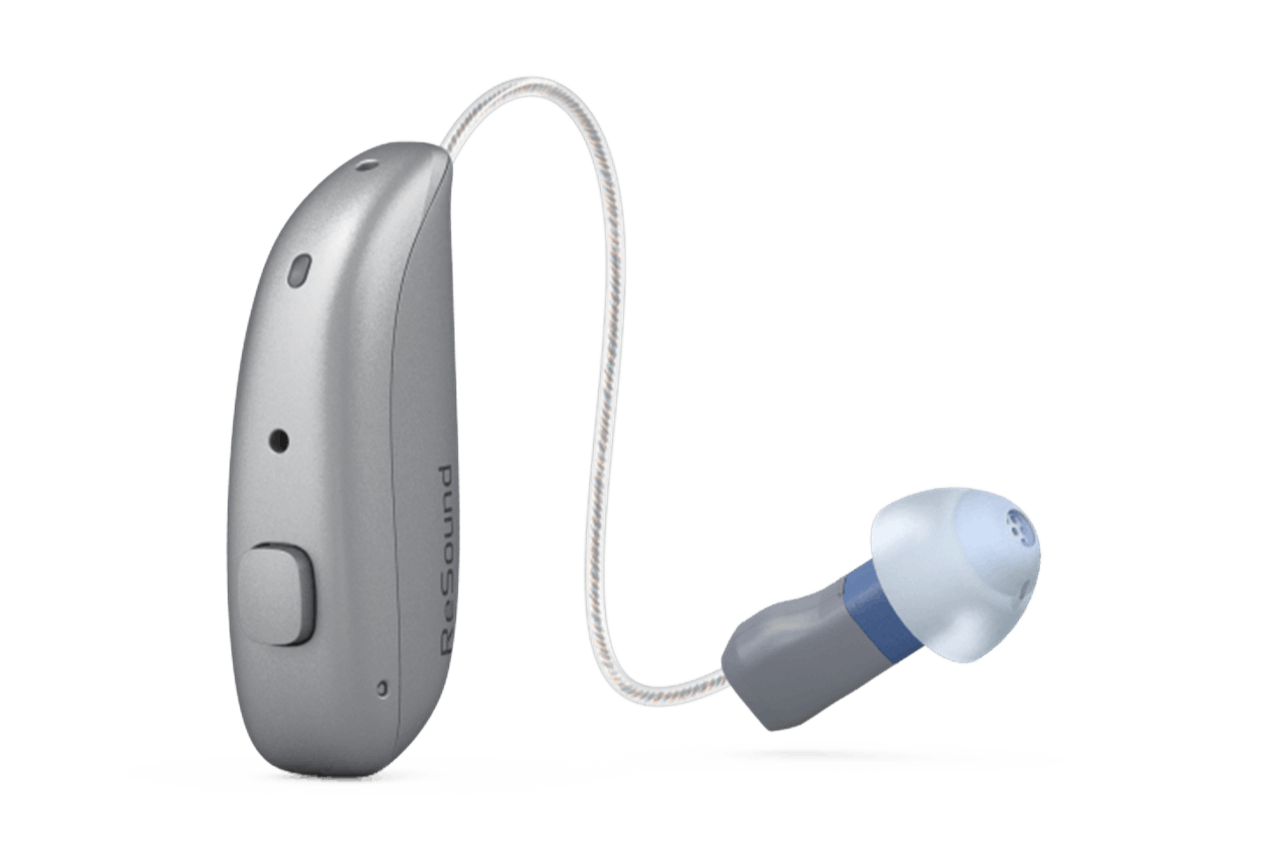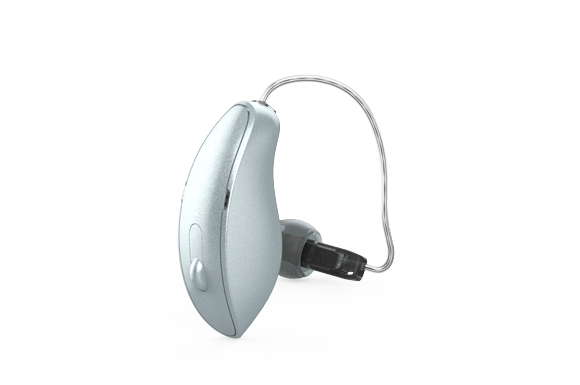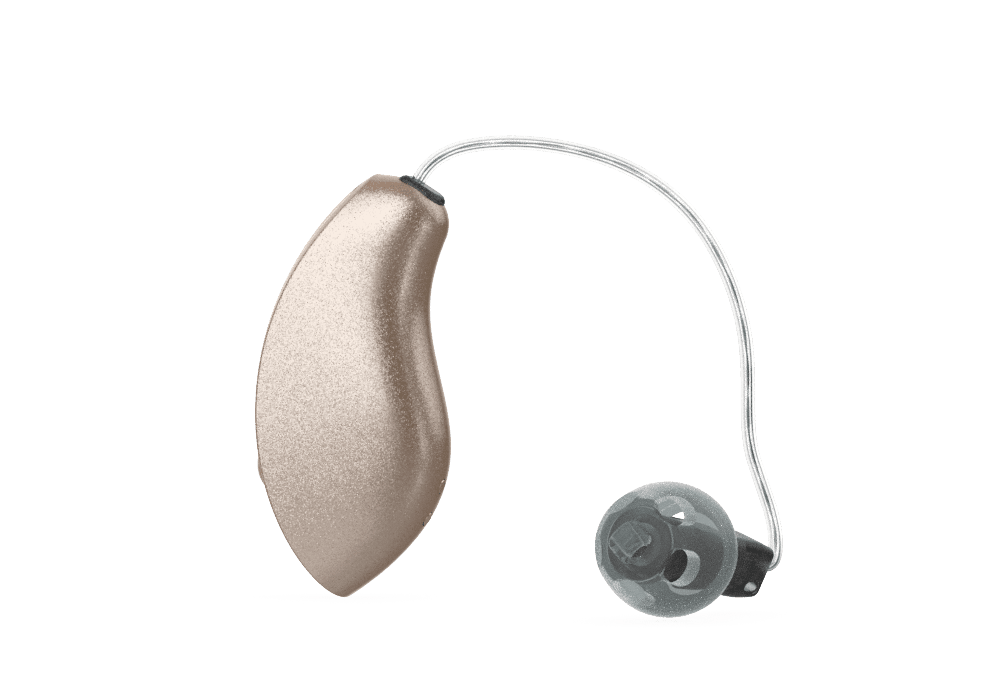Resources
Helpful Links
- https://captioncall.com | CaptionCall
- https://www.ata.org | American Tinnitus Assoc.
- http://www.turnittotheleft.org | Hearing conservation, especially for kids
- https://www.hearnet.com | Hearing conservation especially for musicians
- https://fcsn.org | Advocacy Federation for Children with Special Needs
- https://www.wrightslaw.com | Advocacy, special education, 504, IEP
- https://dcmp.org/learn | Rear window and other captioning access, movies
- https://www.cochlear.com/us/communication-corner | Communication and listening trainings
- https://www.audiologyonline.com/articles/using-ling-6-sound-test-1087 | monitoring your child’s amplification performance for parents, teachers, SLPs
- https://www.gearforears.com | retention straps
- https://dryandstore.com | electric drying box
- http://www.getsafensound.com | retention straps
- https://www.theaudiologyproject.com/education-materials | information on falls, Diabetes connection to hearing loss, educational materials for adults patients and care givers
Hearing device companies Bluetooth setup and troubleshooting:
-
- https://www.oticon.com/support/how-to/connect-to-wireless-accessories
- https://www.oticon.com
- https://www.phonak.com/us/en/support.html
- https://www.widex.com/en-us
- https://www.sensaphonics.com | musicians’ molds
- https://www.cochlear.com/us/en/home | cochlear implants and bone anchored hearing aids
- https://www.oticonmedical.com/us | bone anchored hearing aids
- https://www.signiausa.com
Daily Listening Checks

Checking the devices every day is the best way to get to know the devices and recognize problems.
- Using your stethoscope, connect the bell to the end of the earmold. Holding the device in your hand without covering the hearing aid mics, talk into it.
- Shake the hearing aid to listen for parts rattling inside. Listen for hissing, static, intermittency. Does it sound clear? Say the Ling 6 sounds /ah, ee, o, s, sh, m/. They should sound clear.
- If no sound is coming through, you can remove the earmold from the aid and connect the aid directly to the stethoscope, as shown below. If you hear the aid working now, there is something blocking the earmold tubing. Wash your earmold and blow it out the way you audiologist has shown you. Refer to the pediatric care kit.
There is still no sound coming through? Check the battery with your battery tester. Still not working? Call us.
Listening Check with an FM System
FM systems are used to make a speaker’s voice consistently loud and clear in noisy places, from a distance and in reverberant spaces. Examples are classrooms, lecture halls, and churches. They are recommended for children who have hearing and listening difficulties to afford consistent access to the teacher’s voice and the academic curriculum. They allow for more natural communication because the teacher and student can move freely, knowing the FM system is keeping the child in listening range. It is important that these systems be fit and work correctly. Once the audiologist fits the FM system, an adult with good hearing needs to test and listen to them regularly. Your audiologist will make specific recommendations. Below are a few tips.
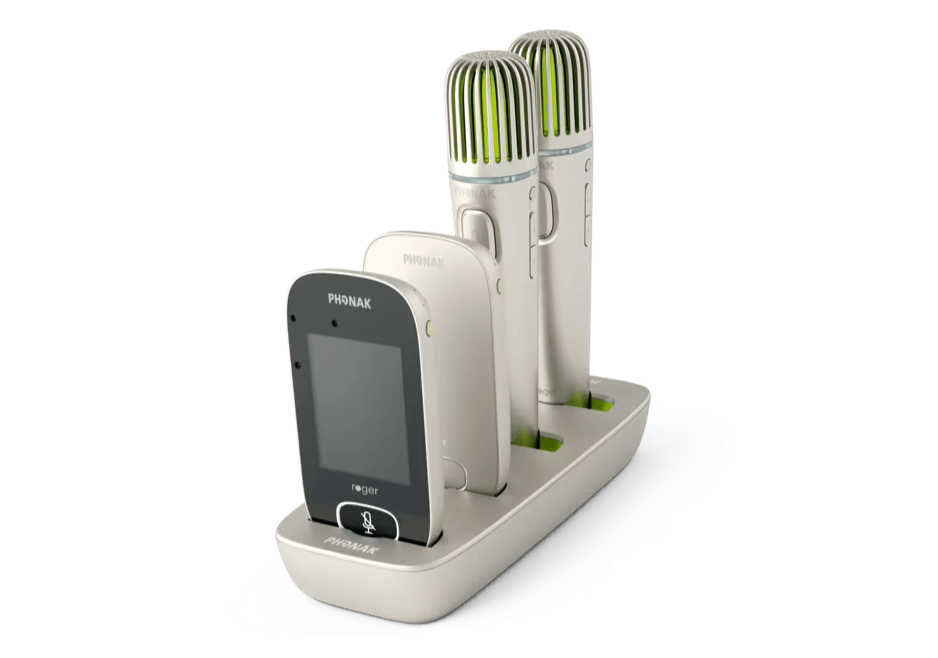
While listening, jiggle the cords and connectors, listening for static or intermittencies. Is there a change in sound quality with vs. without the FM?
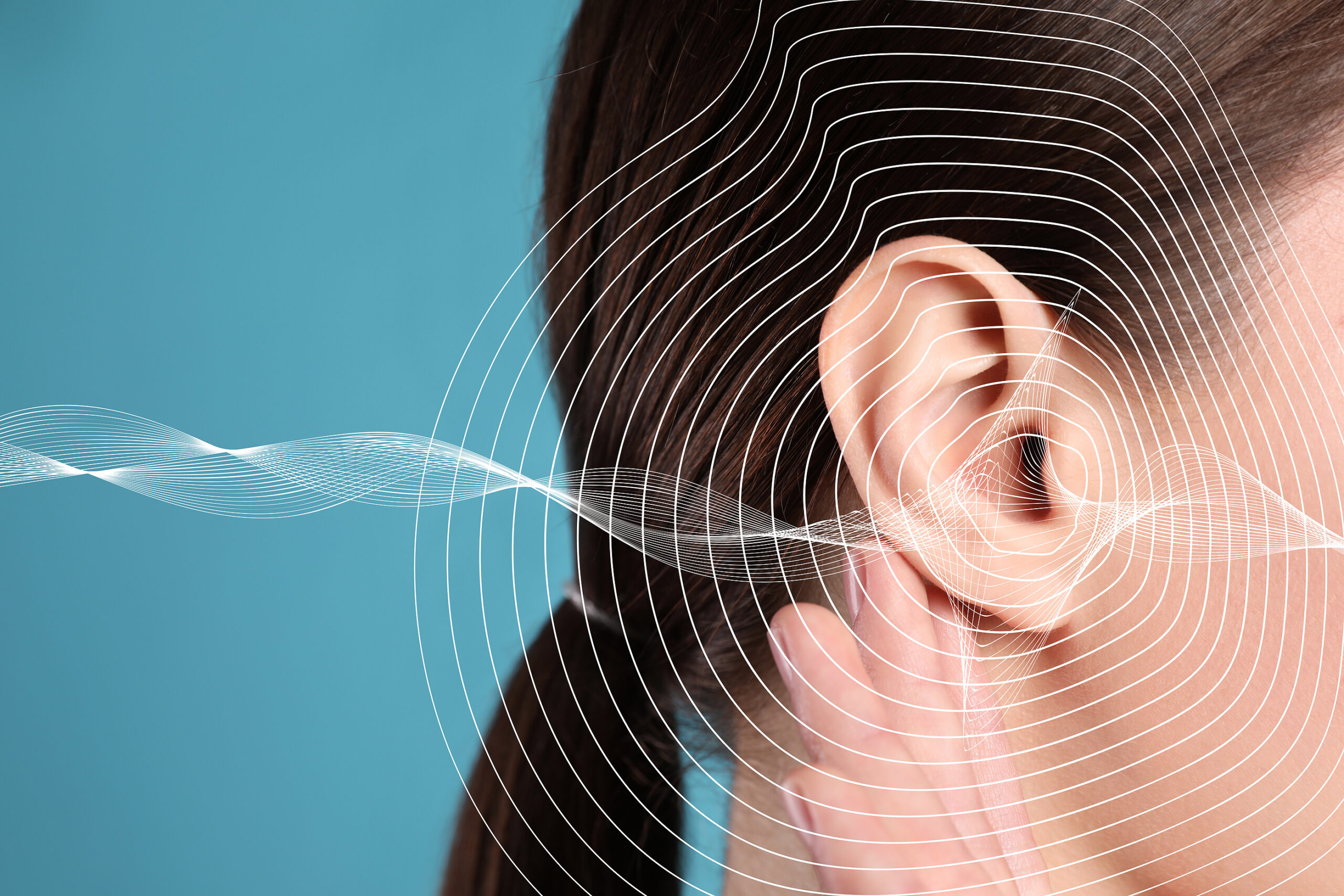
Have a listening partner speak into the mic and walk away from you. In the absence of another person, you can patch cord the FM transmitter to any headphone jack as shown below. You can play music to listen. This also isolates the FM signal so you can tell if you are hearing a problem just through FM.




